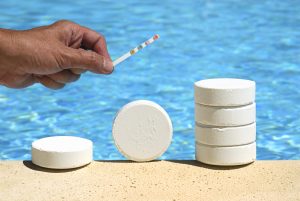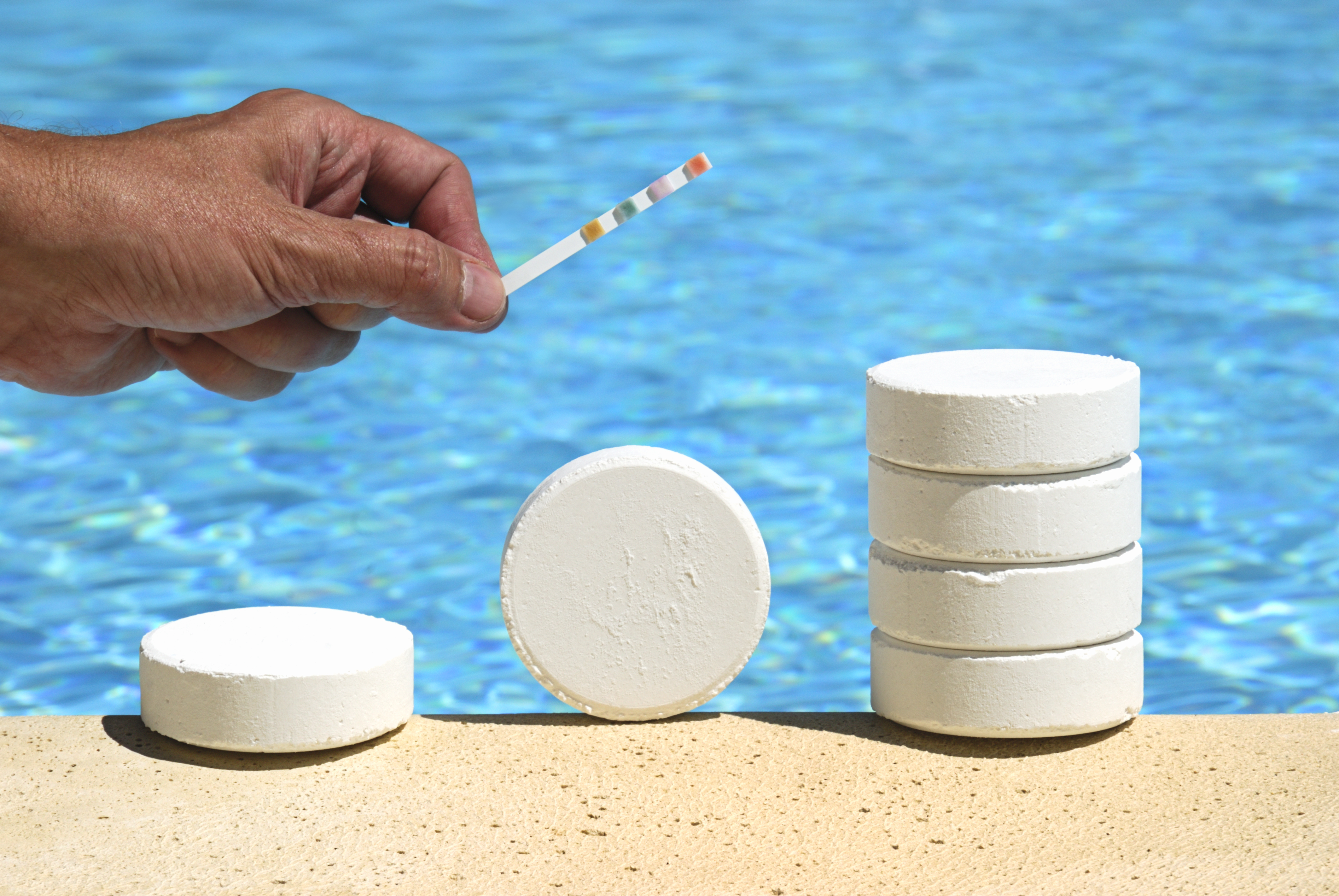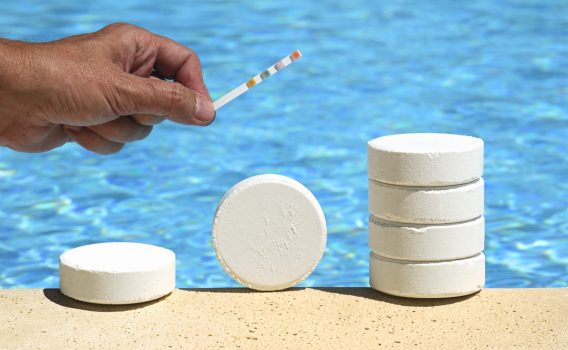 Please note our summer hours :
Please note our summer hours :
Phosphates cause algae growth in pools and spas, which can be a pain to clean up once it’s taken hold in your swimming pool. Pool owners typically experience an algae bloom once or twice per year and fight those pesky phosphates off with a good vacuuming, lots of chlorine and algaecide. Learning how phosphates get into your pool water and how to prevent an increase in phosphates to begin with can save time, money and provide no lapse in enjoying sparkling pool water.
What are Phosphates?
Phosphates are biological building blocks for algae. Along with sun, water, air and nitrates, add phosphates to the mix and y
ou’ve got a recipe for an algae infestation. Phosphates are the primary food source for all types of algae and aquatic plants. When left in pool water, spas or ponds, phosphates break down into their simplest form, orthophosphates, which is the only form digestible by algae.
How do Phosphates Get into My Pool?
Controlling phosphates in swimming pools can be challenging at times, especially if you are unaware as to where they are coming from. Phosphates are found in fertilizers, vegetation, rain water, oils and lotions on swimmers, lake water and even some chemicals used to treat pools. This means that phosphates can get into your pool in a number of ways which include:
- Wind blowing dirt, twigs or leaves into the pool
- Water from sprinklers running off into the pool
- Fresh water from heavy rains entering the pool
- People getting into the pool coming from lake water
- People entering the pool wearing oils and lotions
- Using chemicals containing any amount of phosphoric, phosphonic or other phosphorous based ingredients to clean your pool
When this happens, phosphates can cause algae growth and will affect how well your chlorine and other pool chemicals work.
Control Phosphates with Preventive Action
You can prevent algae growth and excessive phosphates in your pool by:
- Cleaning organic material such as leaves and twigs that blow into your pool immediately
- Vacuuming your pool regularly and keeping your pump baskets and filters clean
- Don’t allow fresh water from your lawn or plants to drain into the pool
- Check the phosphate level of chemicals and cleaners used around the pool
With some effort to control the amount of phosphates allowed to enter your pool water, regular cleaning, sanitizing, shocking and preventive amounts of algaecide, you should not have to battle phosphates and algae at all. Your pool chemistry should be tested for orthophosphate levels which should be kept below 100 to 125 ppb (parts per billion). Algae will become resistant to sanitizers including chlorine when levels exceed 200 ppb.
Bring your water sample into The Swimming Pool Store for FREE pool water testing and recommendations on eliminating and preventing algae causing phosphate levels in your swimming pool.
The Swimming Pool Store is an experienced pool supply and service company, pleasing customers for nearly 50 years with professional and friendly service. We offer a large supply store, maintenance and services including pool opening and closing specials, and FREE water testing. Contact us today to learn more about controlling phosphates in your pool and to schedule your hassle free pool closing.


